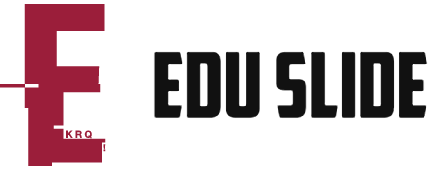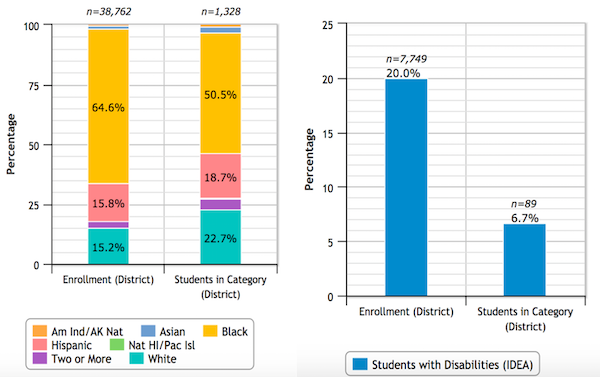OCRB stands for Office for Civil Rights. The federal agency enforces laws to ensure equality for children. This includes Section 504 and the Boy Scouts of America Equal Access Act. It also covers WCAG 2.0 AA. Here are some key points about the OCR. These laws are all important for the future of education. You should familiarize yourself with these laws before applying them to your child. This article will help you understand the laws that affect the education of children with disabilities.
Office for Civil Rights
The Office for Civil Rights in education (OCR) investigates allegations of civil rights violations in schools and implements policies to ensure compliance with federal civil rights laws. They have offices in Washington, DC and in 12 regional locations across the country. The office also advocates for education policy and serves 80 million students each year. Listed below are some of the reasons why the OCR is a vital part of the federal education system. You can find more information about OCR at its official website.
The Office for Civil Rights in education also helps to protect and promote educational excellence in public education. The agency also works to make educational programs more accessible and equitable. For example, the Department of Education in Alaska is required to review vocational education programs to ensure that they are inclusive and accessible for all students. The OCR also enforces the Civil Rights Act of 1964, Title IX of the Education Amendments of 1972, and Section 504 of the Rehabilitation Act of 1973.
Section 504
The Office for Civil Rights offers several resources for people with disabilities, including information on Section 504 of the OCR in education. Its webpage also includes links to additional resources and frequently asked questions. Listed below are some of the most important resources you can find. These resources will help you understand your rights and options under Section 504 of the OCR. Listed below are some important resources for people with disabilities. Listed below are some of the most important resources for children with disabilities.
The OCR enforces your child’s rights under IDEA and Section 504, and can make sure that a school complies. If it doesn’t, the OCR can order the school to evaluate the child at public expense. OCR’s Frequently Asked Questions (FAQ) on Section 504 have been helpful resources for parents for decades. The FAQs were updated after the passage of the ADAAA in 2008.
Boy Scouts of America Equal Access Act
The Boy Scouts of America Equal Access Act was passed to protect federal and state support for the organization. The act prohibits state and federal agencies from cutting back on programs and services. It also protects programs that are essential for the well-being of youth, such as the Boy Scouts of America. The newest legislation has passed into law. But what exactly is this act? How can it benefit us? And how does it protect the future of Scouting?
In general, the Act makes it easier to distribute recruitment material to youth. However, it does not require public schools to accommodate other youth groups on school property. Some commenters also questioned whether the Act violates local anti-discrimination laws. But a few commenters have posed specific questions that could help clarify the Act’s scope and its legal interpretation. Let’s look at two main concerns with the Act.
WCAG 2.0 AA
The Web Content Accessibility Guidelines (WCAG) are standards for creating a web page that is accessible to people with disabilities. A website must meet a specific conformance level to be considered accessible. These guidelines are often referred to as “success criteria,” and they are part of a conformance level’s mandatory accessibility requirements. The University of Maine System’s web pages must meet WCAG 2.0 AA conformance level.
The National Center for Accessible Educational Materials (NCAEL) defines accessible educational materials as print textbooks and electronic materials that are designed to make them usable by as many students as possible. The standards, which are widely accepted and implemented by universities, are called WCAG 2.0 AA and are federally recognized. OCR stands for “optical character recognition,” which means that a document will be readable for both sighted and hearing users.
Website accessibility initiative
The Office for Civil Rights sent a Dear Colleague letter to college and university administrators in 2010 addressing their responsibility to provide websites that are accessible to students with disabilities. This letter outlined the federal laws requiring these institutions to create websites that meet certain standards. The letter also outlined the requirements for website accessibility and the steps they should take to comply with them. Listed below are some of the steps a school can take to ensure that its website is accessible to everyone.
The University of Alabama has been on schedule with its technology accessibility initiative, with its public-facing web sites meeting the W3C’s WCAG 2.0 AA guidelines. Web professionals are incorporating accessibility practices into new sites and actively using the Accessibility Management Platform. The University’s Center for Instructional Technology’s Emerging Technology and Accessibility team has hired a technology accessibility specialist and student workers to perform baseline audits on more than 500 UA sites.
Common acronyms used by the California Department of Education
The CAASPP System manual uses many common acronyms. For your reference, here are some examples:
ADA is an acronym for “average daily attendance,” a measure of student attendance. It is divided by the number of days in the regular school year. It is also not the same as enrollment, which is measured by counting the number of students on a specific day of the year (usually October). Because of certain factors, ADA is lower than enrollment. The ADA is used by the state to calculate funding for schools.

